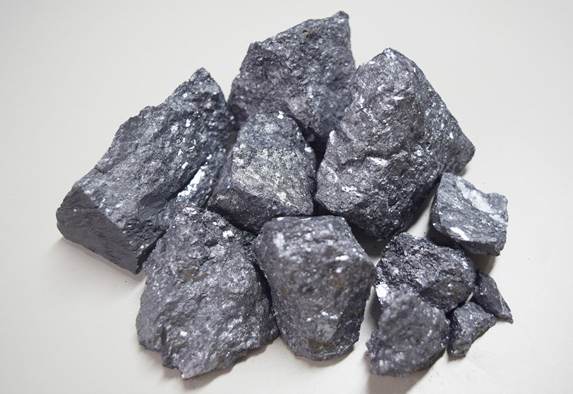
Adding calcium to the steel melt transforms solid alumina inclusions into liquid ones that do not clog the casting nozzle. This is one of the main applications of Ca treatment.
Another effect of Ca treatment is that it retards grain growth during hot deformation. This improves mechanical properties such as yield strength and elongation.
There are many different types of metal alloys on the market that offer corrosion resistance in a variety of environments. Some are available in sheet, bar, and coil form, while others are better suited for particular applications. It is important to understand the differences between the various types of corrosion-resistant metals so that you can select the one that will best suit your project needs.
For example, stainless steels are known for their excellent corrosion resistance, and they are often used in corrosive environments. This is because stainless steel forms a thin chromium oxide layer that protects the steel from oxygen. Without oxygen, the iron cannot oxidize, so it does not corrode. Other types of corrosion include metal dusting (carburization) and sulfidation, which occur when ash or salt deposit on the surface. Chromium also helps to resist oxidation in an environment, but it can be depleted near the grain boundaries of a steel and lose its corrosion resistance.
The results of the tensile test at room temperature indicated that adding Ca to the Mg-Zn-Ca alloy significantly improved mechanical properties (Fig. 9a). The yield strength and ultimate strength of the 0.1% Ca alloy increased to 153.4 +- 1.2 MPa and 238.3 +- 0.8 MPa, respectively. Moreover, the elongation to fracture of the 0.1% Ca alloy increased to 26.1 +- 1.6%.
Considering that the secondary phase can improve mechanical properties but decrease corrosion resistance, it is important to achieve a fine distribution of the secondary phase during hot-working. This is why solution treatment is preferred during Mg-Zn-Ca alloy synthesis.
According to the field emission scanning electron microscopy images in Figure 3a-h, the secondary phases in the 2% Zn and 0.1% Ca alloys were composed of a variety of morphologies. The morphology of the secondary phase influenced its chemical composition and formation process in the Mg-Zn-Ca system. In particular, the crystalline structure of the secondary phase influenced the arsenic removal reaction.
Tensile Strength is a measure of how much tensile force a material can withstand before it breaks. Elongation, on the other hand, is a measurement of how long a material can stretch before it breaks. A material with a higher elongation is more ductile, while a material with a lower elongation is more brittle.
It has been discovered that the removal of arsenic, sulfur and phosphorus in molten steel requires calcium content in excess of 0.0037%, in order to achieve good results in dearsenication via the CaO-CaF2 slag system. In addition, it has also been found that the potential oxygen binding ability of the arsenic and phosphorus elements is much higher than that of the Fe element, causing them to be difficult to oxidize and remove in molten steel.
According to the field emission scanning electron microscopy and surface scanning images of the steel sample, it can be seen that the inclusions mainly consist of dearsenication products Ca3As2 and calcium aluminate (xCaO-yAl2O3). The morphology and chemical composition of these inclusions can be clearly seen in Figure 2 and 3.

As shown in Figure 4a, the ML model performs well when predicting yield strengths across the temperature range studied. The model also performs better than the original base HEA composition, which is likely due to the fact that the model accounts for the impact of alloying elements on the microstructure during extrusion and subsequent mechanical properties.
In order to find atomic compositions that maximize yield strength for a given base HEA composition, we utilized differential evolution optimizer37, an optimization algorithm implemented within scipy.39 Differential evolution uses a population-based approach where solutions are compared and mutated to generate new solutions. The solution that best minimizes the objective function is selected as the final candidate.
Using this methodology, we successfully found an atomic composition that improves yield strength at 25 degC and 1000 degC over the base alloy. Interestingly, the optimal alloy at 25 degC and 1000 degC exhibits nearly identical temperature dependence profiles. In comparison, the base HEA composition has a distinctly bimodal behavior at 1000 degC.

Write a Message